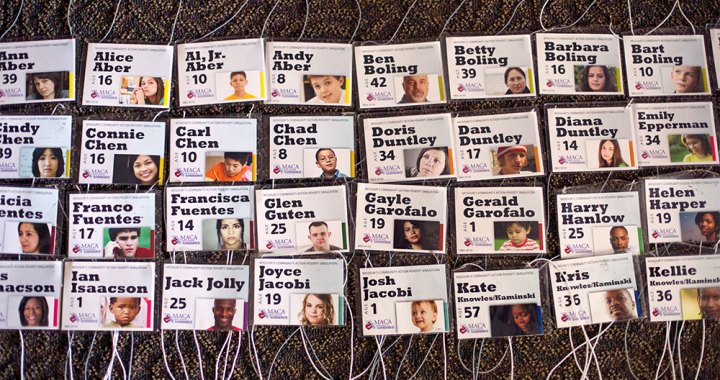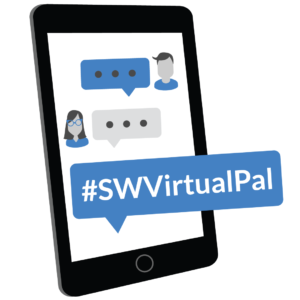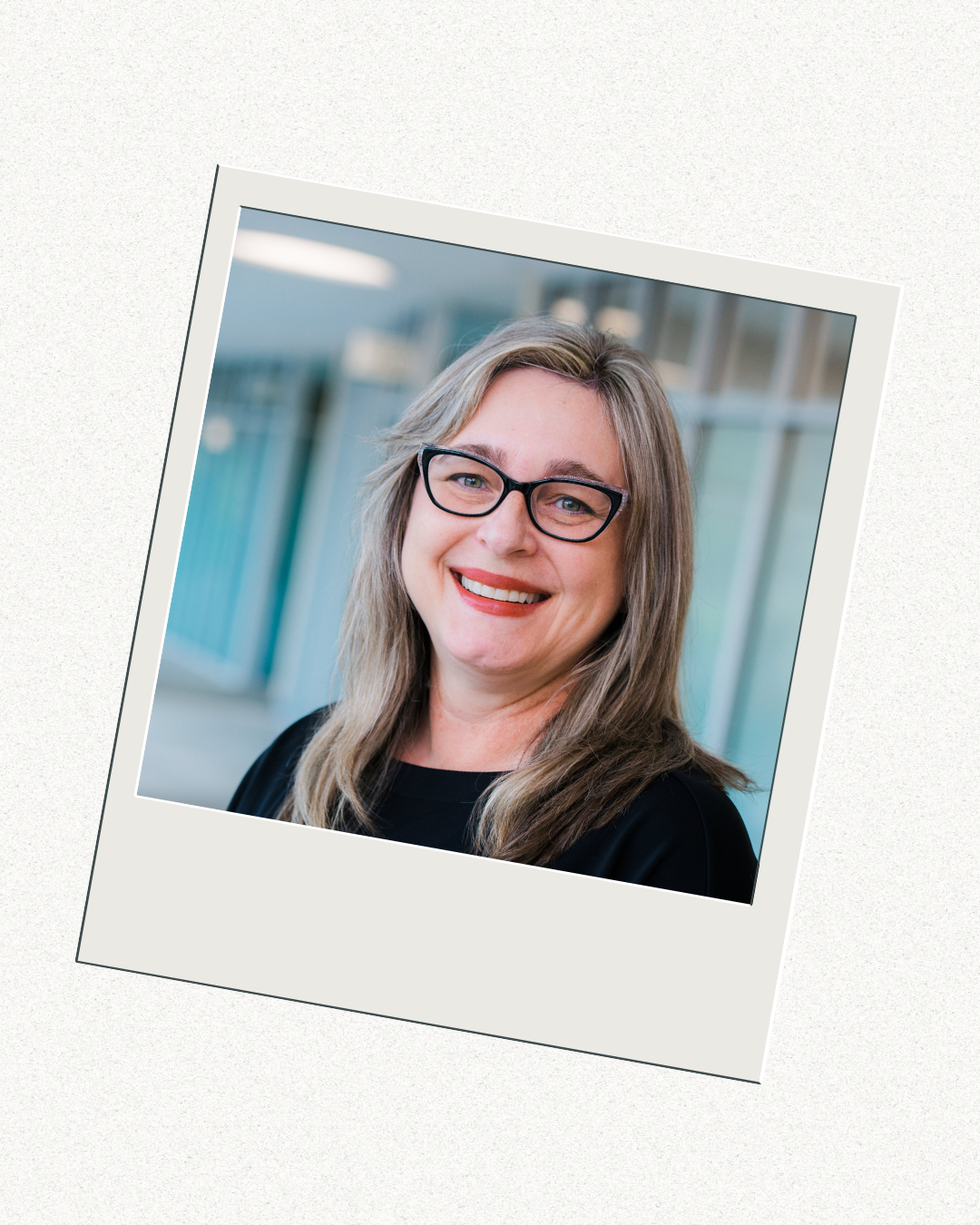Two Ways to Decolonize a Social Work Research Course
Editor’s Note: Dr. Amy Werman, DSW, LCSW, is a Lecturer in Discipline at the Columbia School of Social Work, with over 20 years of teaching experience in social work education. In this blog post, she shares two practical suggestions for social work research courses, focusing on ways to decolonize traditional content and integrate an anti-racist/anti-oppressive approach to teaching about research methodology.
For the past 20 years, I have been educating MSW students. The first course I ever taught was Research Methods, an “interesting” initiation into the field of teaching considering that most students would never choose to take this first-year course were it not required. How do I know this? It is a question on a survey that I give my research students at the beginning of every semester. And, consistently, 50% of students say that, given a choice, they would not take the course.
It’s understandable. If we’re being completely honest, social workers are in the business of “doing,” whether that’s providing concrete services, administering programs, writing policy, or ameliorating a host of micro-level to macro-level problems on the local and global level. Students struggle to comprehend how studying research relates to their endgame of “doing.” Moreover, many students report having a fear of research, viewing it as something to get through. Incoming students offer words like “boring,” “overwhelming,” “statistics,” and “intimidating” when I ask them to free-associate to the term “research.”
Poverty Simulations in Social Work Education
As many of you may already know, simulations are increasingly being incorporated into social work education in various ways (online, in-person, virtual or augmented reality, large-scale, standardized patient, OSCE (Objective structured clinical exams), formative assessment, etc.). In addition, simulations often cover a range of topics such as child welfare home visits, assessment skills, and interprofessional teamwork. The goal of a simulation is to offer students an alternative or mock situation of a real one to meet specific learning outcomes. Reasons for using simulations range from assessing student competency, wanting to offer unique learning experiences to students (i.e., practice assessing for suicidality), and needing to shift instruction to virtual settings (i.e., think moving field hours out of community-based settings).
I have worked on several projects that integrate simulations into our BSW and MSW programs at the University of Alabama at Birmingham (UAB), where I work. One of the most successful has been the use of poverty simulations at our institution. In this blog post, I share why and how we implement poverty simulations, offering guidance for those wanting to add this active learning experience to their curriculum.
Re-Capping Teaching & Learning in SWK for 2021
One of my academic favorites is Dr. Katie Linder who produces a podcast called You’ve Got This, where she offers advice and examples for other academics as they navigate the world of higher education. Frequently, Katie talks about goal setting and how she works to accomplish her own goals. As I listened to her end-of-the-year podcast about her 2021 goals, all I could think about was my blog.
You see, every year, I set goals for this blog, and rarely do I accomplish these goals. Here is some of the evidence:
Review of Teaching & Learning in Social Work for 2019
Review of Teaching & Learning in Social Work for 2018
Review of Teaching & Learning in Social Work for 2017
Review of Teaching & Learning in Social Work Blog Posts for 2016
I even tried to set goals for the first quarter of 2020 and publish only seven blog posts. Sigh! Here they are:
Using LinkedIn for #SWVirtualPal
Editor’s note: This post is cross-published on the Social Work Virtual Pal website. Social Work Virtual Pal is a global and virtual community of practice for the social work profession, that digitizes the practice of having a pen pal for professional learning and networking. This community focuses on connection and collaboration among social workers to offer the profession with an opportunity to harness its collective knowledge for the greater good. We have resources for social work educators so, please consider incorporating #SWVirtualPal in your social work course. Learn about Social Work Virtual Pal here.
Social Work Virtual Pal now has a LinkedIn Group for social work students, instructors, and practitioners to connect with other social workers around the world. Similar to our Twitter account, this is a virtual space that digitizes the practice of having a pen pal for professional learning and networking. In addition, this community focuses on connection and collaboration among social workers to offer the profession an opportunity to harness its collective knowledge for the greater good. In this blog post, we offer details for creating a LinkedIn Profile, establishing your digital networking goals, and then joining our LinkedIn Group to find your #SWVirtualPal.
Where to start
LinkedIn is a social networking site designed specifically for professional use and offers a robust user profile system that serves as a digital resume. It is a great place to establish your online presence as a social work student or practitioner. As with any social media platform, you’ll want to start with creating your LinkedIn profile. There are many online tutorials on creating a high-quality LinkedIn profile, and LinkedIn’s Help feature offers many tips and guides on navigating the platform. Before getting started with your profile, you will want to have a professional-looking photo and a copy of your resume handy. Set aside a few hours to create your profile. Here is a good profile checklist designed for college students, but applicable to anyone.
Because #SWVirtualPal is designed to help social workers from around the world connect with other social workers, there are some additional features to consider adding to your profile:
Writing your values-based teaching philosophy
This blog post is one of a three-part series about how to write a values-based teaching philosophy. In this blog post, we (April Love and Laurel Hitchcock) cover tips for writing and presenting a values-based teaching philosophy. The first post offers a process for identifying your teaching values and in the third post, we share our own values-based teaching philosophies. This post is cross-published on April’s Blog – Genuine Curiosity: Navigating Nursing Education Now.
If you are reading this blog post, then you have already done some work to identify your teaching values – see our first blog post – How to define your Teaching Values. We know you’ve worked hard and put in the time to truly identify teaching values that speak to the heart and practice of your professional identity. You’ve reviewed, compared, and reflected on various teaching values and now feel confident that those you’ve selected represent you well and that you’re ready to share them with others.
In addition to identifying your teaching values, you’ve also spent some time collecting “evidence” as to how these values are showing up in your work. Maybe you have a special process that encourages students to speak freely in your classroom, which is a great example of how you’re living the value of “safety” or “inclusion.” Maybe it’s a new technology that you’ve introduced to your department that has you leading the charge for “innovation” or “creativity.” Whatever those examples are that showcase how you’re walking the walk and talking the talk, you’ll want to display them in your teaching philosophy. Actions often speak louder than words.
Now is the time to transform your values and evidence into a two-page written statement of teaching philosophy that you can share with others in a variety of ways depending on your audience and other environmental considerations.
How to define your Teaching Values
Editor’s Note: This blog post is one of a three-part series about how to write a values-based teaching philosophy. In this blog post, we (April Love and Laurel Hitchcock) offer a process for identifying your teaching values. The second post covers tips for writing and presenting a values-based teaching philosophy, and in the third post, we share our own values-based teaching philosophies that resulted from this process. This post is cross-published on April’s Blog – Genuine Curiosity: Navigating Nursing Education Now.
Having an articulated teaching philosophy is an expectation in higher education, but writing a teaching philosophy is hard work. It requires an educator to define their professional identity in a way that explains why and how they teach. Additionally, today’s educators are constantly asked to weigh in on various issues, such as when, how, and how often to use innovation for instruction, how much time should be focused on content versus reserved for flexible discussion, and whether to use a traditional or flipped classroom model, where there’s no clear right or wrong answer. And, because the topics can be as diverse as the courses and students we teach, it’s important to have a values-based framework that can support your decision-making process. Having a clear understanding of your personal values and, perhaps more importantly in this instance, your teaching values can help you navigate challenging or crucial conversations by giving you the language to express your views and understand their origin.
The process of getting to one’s teaching philosophy is reflective, requiring time and deep thinking about one’s beliefs related to teaching and learning. Identifying one’s teaching values offers an educator clarity about what is important and meaningful, and makes it easier to set and prioritize goals as well as make decisions by aligning these tasks with one’s values. Not only is the process highly personalized, so is the end product. While there is no one right way to explore one’s teaching values, we have adapted a common approach for identifying values to focus on the practices of teaching and learning.







